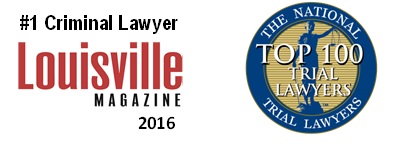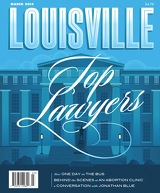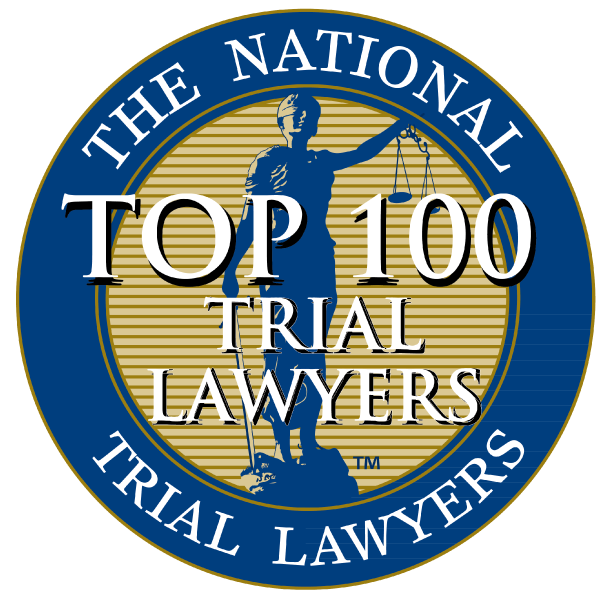18 U.S.C. § 371 states:
If two or more persons conspire either to commit any offense against the United States or to defraud the United States, or any agency therein any manner or for any purpose, and one or more of such persons do any act to effect the object of the conspiracy, each shall be fined under this section or imprisoned not more than five years or both. Conspiracy involves the deliberate plotting to subvert the laws of the United States. Educating and preparing conspirators for habitual criminal practices is a federal offense. Conspiracy is characterized by secrecy, rendering it difficult for detection, requiring more time for discovery and adding to the importance of punishing it when discovered. A conspiracy may be charged even if the substantive crime contemplated by the conspiracy never occurred. Conspiracy is used by United States Attorney in a variety of situations making it one of the most commonly charged federal crimes.
A conspiracy charge is usually proven by circumstantial evidence and logical inferences. When the government seeks to prove a conspiracy by inference, it must prove each element beyond a reasonable doubt. A criminal conspiracy has four elements. Each element must be proven beyond a reasonable doubt. A conspiracy exists when there is:
- An agreement between at least two parties.
- To achieve an illegal goal.
- Both (all) parties must possess knowledge of the conspiracy and have actual participation in the conspiracy.
- At least one person committed an OVERT act in furtherance the conspiracy.
The government does not have to prove a formal agreement. A defendant does not need to know the identity of the other conspirators. However, an agreement by two people to commit a particular crime cannot be prosecuted as a conspiracy if the crime itself requires two people. The government must prove the goal of the conspiracy was illegal. It is not necessary that the conspirators knew their illegal agreement violated a federal law. Of course the person must be aware of the illegal plan and have volunteered to be a part of it. The defendant’s conscious participation in the conspiracy may be inferred by circumstantial evidence. However, ‘a defendant’s mere presence at the scene of a criminal act or association with conspirators does not constitute intentional participation in the conspiracy,’ even if the defendant had knowledge of the conspiracy. Unites States v. Snow, 462 F.3d 55 (2006)
The last requirement for a federal conspiracy is the performance of an overt act. The purpose of the overt act requirement is to show that the conspiracy was in operation, as opposed to simply a mere scheme that never moved beyond the discussion phase. The overt act itself does not have to be a crime. In fact, most overt acts in and of themselves are legal conduct. The Pinkerton Rule establishes vicarious liability for all conspirators when one conspirator commits an overt act. In other words, the overt act of one conspirator will be used against all the conspirators.
Defenses to Conspiracy
- Statute of Limitations (5 years)
- Variance
- Multiplicitous indictment
- Withdrawal
- Various other defenses
Statute of Limitations
A conspiracy ends when the central purpose of the conspiracy has been attained or when all parties withdraw from the agreement. The five year statute of limitations begins to run from the date of the last overt act.
Variance
If the prosecutor proves facts at trial which are significantly different than the allegations of the indictment, a 6th Amendment (right to counsel) violation occurs.
Multiplicitous Indictment
Occurs when the government charges multiple counts for a single offense. Counsel must be aware of a prosecutor’s violation of the double jeopardy clause of the Fifth Amendment.
Insufficient Evidence
The Fifth Amendment guarantees that a Defendant will not be prosecuted based on an indictment that is not specific enough to inform him of the charges he must defend against at trial.
Withdraw
To effectively withdraw from a conspiracy, a conspirator must not only cease participation but he must also engage in “affirmative acts inconsistent with the object of the conspiracy and communicate it in a manner reasonably calculated to each co-conspirators. Until he unequivocally withdraws, a conspirator is liable and responsible for co-conspirator’s actions.
Other Defenses
This includes insanity, duress, coercion and legal impossibility.
Co-Conspirator Hearsay Rules
Prosecutors always use testimony of co-conspirators against other conspirators because members of the conspirator are the best witnesses to a conspiracy. The use of a non testifying conspirator statement against other conspirators smacks of hearsay. However, the Federal Rules of Evidence states that by definition a statement by a co-conspirator in furtherance of the conspiracy is not hearsay.







